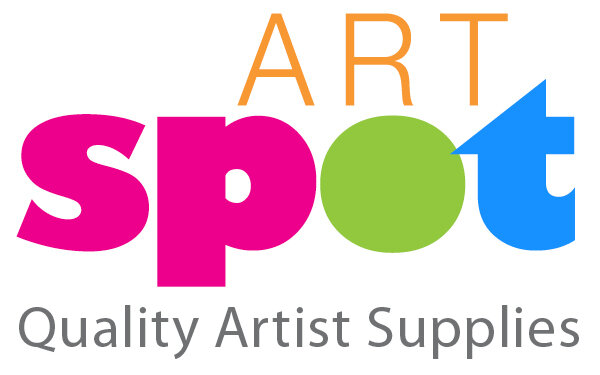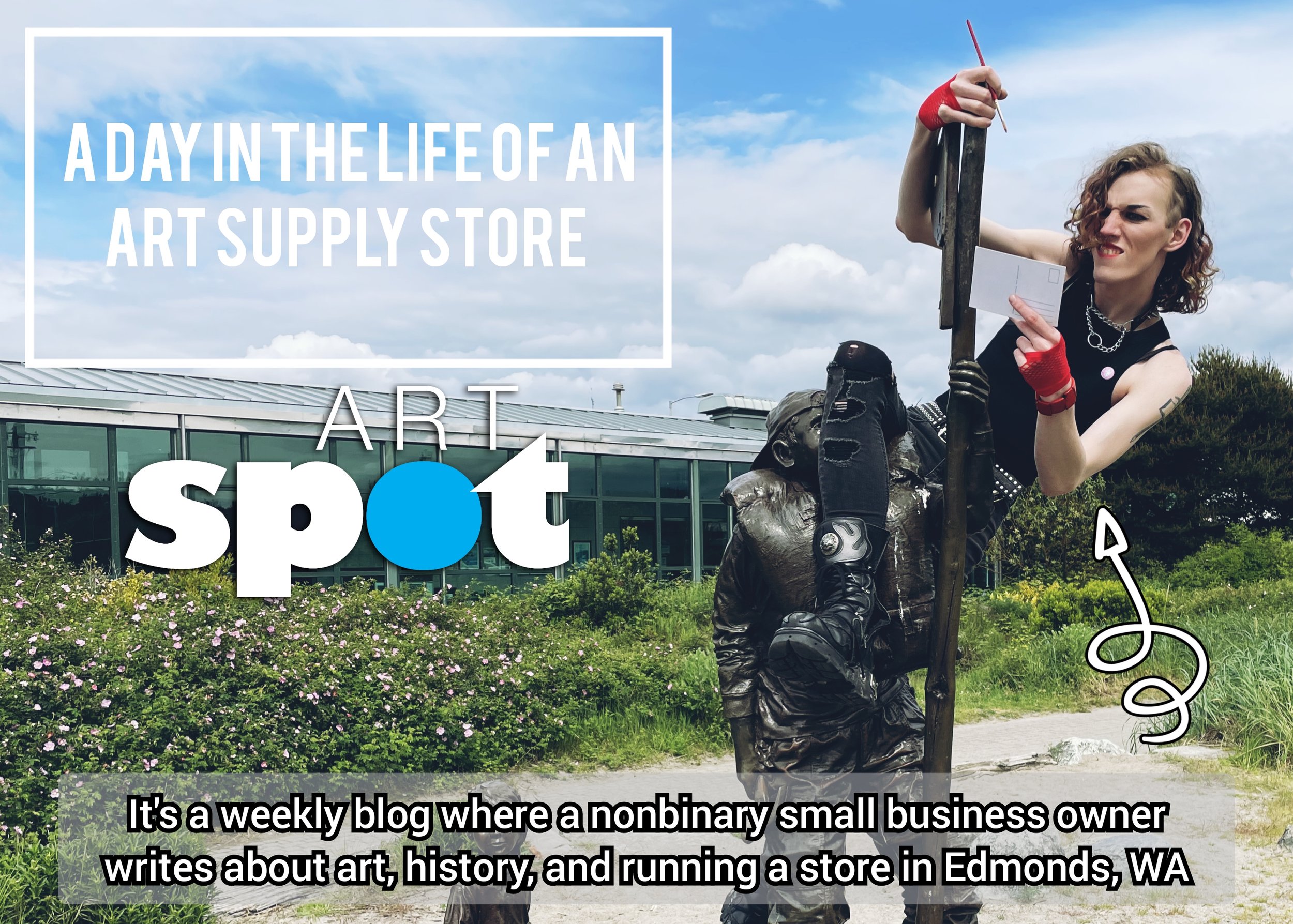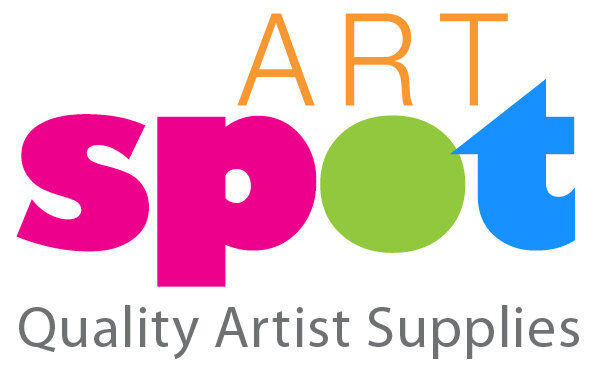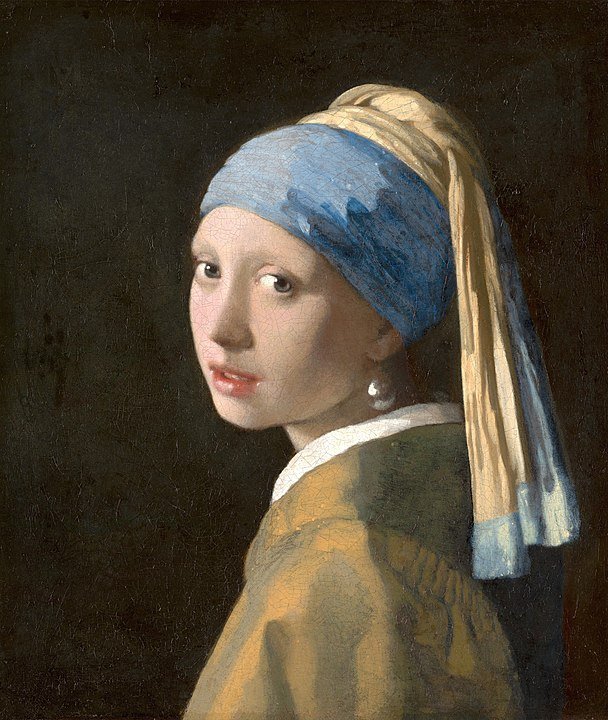Pink is for faers, blue is for zirs
That’s a butchering of neopronouns, which this entry will neither expound upon nor explain further, but i hope it got your attention
A child, maybe two years old, sits for a photograph in 1884. They have shoulder-length hair, which has not yet been cut, a ruffly white dress, patent leather shoes, and are holding a very fun-looking hat. Let not your eyes deceive you because the photograph is one of the earliest of the 32nd US president, Franklin D. Roosevelt(1). Until a certain age, children would wear white because it was easy to bleach. Dresses were practical to accommodate diaper changes. It was common for everything to be adorned with ribbons. At the time, however, children simply weren’t dressed to differentiate boys and girls. Kids were, and still are, just kids.
A normal, cutiepie boy c.1884
By medical happenstance, I grew up in a world surrounded by shades of blue. My parents were more progressive than some, so I wasn’t forced to exclusively wear or display this single color(2). Regardless, it proved impossible to navigate a life of unhappily assigned male-ness without associating it with the long history of masculinity that came before me. But if young men even just one hundred years ago generally wore white dresses, how vast could that history really be?
Not very, it turns out. Pastel shades started to become popular for children in the early 1900s(3), but it wasn’t until the 1940s that manufacturers and advertisers decided on our modern concept of blue for boys and pink for girls and pushed for normalization. The baby boomers are the first generation who grew up dressed like their mothers and fathers in pinks and blues. Coincidentally, it’s harder to pass down clothing from an older sibling to a younger one if they have mismatched gender assignments; parents would simply have to buy more things for their kids to fit in.
My last entry was a quick dive into the color blue, which spawned the idea for this follow-up, but there’s too much to say about pink to fit into the remaining half of this post. Suffice to say, pink has a history with humanity that stretches as far back as our relationship with red. It wasn’t used to describe the color we recognize now until the very late 1700s(4), but it’s been popularized by everything from swirling scenes of opera and cabaret(5) to aristocratic mistresses(6), concentration camp victims to human rights movements(7), and punk rock aesthetic(8) to pussy-hatted protesters.
So much PINK! It still blows my mind that the Rocky Horror Picture Show was made in 1975. Was it low budget? Yes. Did actual people still spend actual money to make this ridiculous movie almost fifty years ago? Also yes!
With all that’s changed in our perception of the meaning of color and the various forces of influence behind it all, it begs the question: is it bad that blue is for boys and pink is for girls? This may come as a shock to some who know me, but my answer is no(9).
People seem to want group identity and seek acceptance within their chosen groups. It seems natural to follow that groups become associated with symbols, colors, flags, songs, and more to differentiate themselves. If you look at the LGBTQ+ pride movements, you’ll see a truly remarkable variety of colors used to denote broad and specific identities(10) or even as code to signal others in the know. I think it’s wrong to try and remove people’s innate sense of healthy group identity; whatever that group has chosen to assume as their symbols is theirs. I do, however, believe the trouble comes up when groups are intended to cause harm and take away from others or when group identity is forced, rather than treated as an opportunity for exploration(11). Our shared delusion that blue is for boys and pink is for girls is harmless, or even empowering, so long as the conflation between color and gender is optional for everyone regardless of age.
(1) I’ll come out and say it, he was a very adorable kid in his dress.
(2) In actuality, I played dress-up a lot as a kid. My sister and I had an extensive variety of weird costumes, having been blessed in the 90s with a seamstress grandma. Stuff like this is pretty wildly good for kids to express and experiment outside the realm of cultural norms!
(3) As per an American trade magazine in 1918: ““The generally accepted rule is pink for the boys, and blue for the girls. The reason is that pink, being a more decided and stronger color, is more suitable for the boy, while blue, which is more delicate and dainty, is prettier for the girl.” Earnshaw's Infants' Department
(4) The word comes to us from the Dianthus plant, which is commonly referred to as a “Pink.” There are references from as far back as the 1600s to objects being “pink-coloured,” but the English language had previously relied on a few other words. Namely, incarnation, or in reference to the body of Christ as a literal flesh tone. I doubt Europeans in the 1700s were particularly focused on increasing their wokeness, but personally I’m glad the language has moved away from describing this common color as associated with a somehow inexplicably white Jesus. Not everyone looks like that.
(5) Opera Pink is one of my favorite colors and was made very dear to me by someone who used to work at ARTspot with me back in, like, 2015 or something. He was (and I think still is) fabulous, and the colors he liked were equally vibrant. This particular pink (PR 122 for those cool babes in the know) is sometimes criticized for its lightfastness and is supplanted by Permanent Rose (PV19 ew gross), which weirdly has less of a violet bias in a few lines of paint and is less fabulous.
(6) I’m talking about Madame de Pompadour, the official mistress of King Louis the 15th in France c.1750. You can try, but you’ll never be as cool as she was.
(7) Apparently the footnotes are all going to be about history for this entry. I honestly don’t know how many people outside of the affected communities realize this, but the Holocaust extended its remarkably horrifying umbrella over communities of gay and trans people as well as so many others marked as undesirable or a threat to the social order. They applied a label of a pink triangle to identify gay and bisexual men as well as trans women, which was later (and still is) reclaimed by liberation groups in Germany and then beyond. One of my favorite things in the world of media is its inclusion in one of Dr. Frank-N-Furter’s costumes in the Rocky Horror Picture Show (performed LIVE this upcoming Saturday the 4th at the Downtown Seattle Regal Cinema by the Vicarious Theater Company, including yours truly!). I’m very not sorry to be a threat to a social order that would prefer to erase delightful people like myself.
(8) I didn’t quite put this together until I was decorating my roller skates with POSCA markers. I was drawing out the Sex Pistols logo, which has lots of pink, and started noticing it came up pretty often in a lot of punk design. All the weird leftover crustpunks I made friends with in Hackney back in 2016 insisted that the only two colors are red and black. They’re great colors, don’t get me wrong, but a bright, obnoxious pink is such a good tool in the arsenal of anarchy. It’s very hard to ignore!
(9) I have a lot more thoughts about this that wouldn’t easily fit into a 600 word chunk of writing. Obviously the world and the problems therein are much more complicated than a simple yes or no binary. My reasoning in the following paragraph is brief, but I hope it resonates with some looking to claim or reclaim their masculinity in a healthy way; I know it’s something I balance on an everyday basis. In the same sense, these sorts of social systems can be very harmful to some who are trapped in them. To anyone who finds themselves in that boat, I’m very sorry and I hope you’re able to navigate your way out through your own competence and the good intentions of those you surround yourself with. I love you, and it will get better.
(10) Yes, even blue and pink. They show up in the flags for transgender pride as well as those of Demiboys and Demigirls and Lesbians as signifiers of “boy-ness,” and “girl-ness.”
(11) I hope this brief qualification helps to reinforce my earlier point. Please always continue questioning your communities regardless of whether they’re chosen or if you’ve been thrust into them. I no longer really attend, but the church I was raised in was very big on questioning authority, including its own. I’m really very glad to have seen that value demonstrated when I was a kid. No institution or social grouping is so perfect as to justify making life a worse experience for others. Those of us who have benefited from these systems have an obligation to apply those benefits for universal equity to achieve equality.











